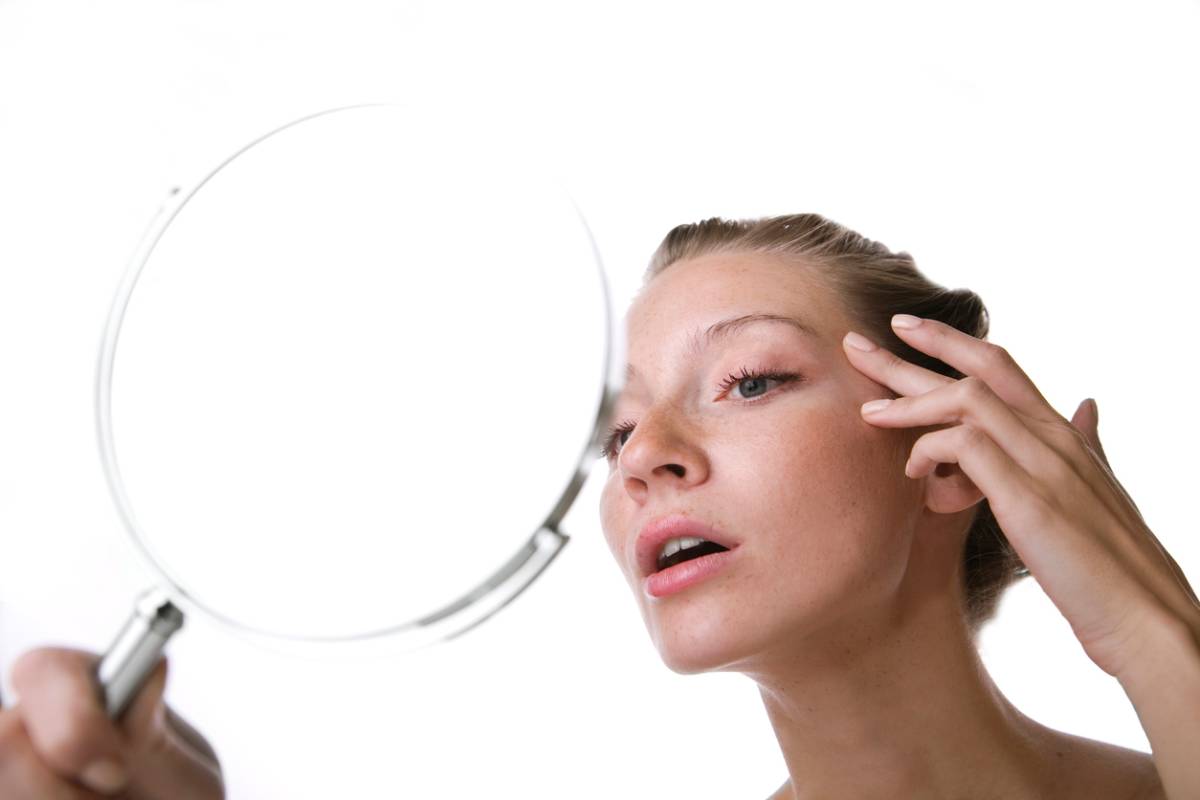As we age, gravity takes effect on our bodies and begins to change our appearance. This begins subtly, but as time goes on, it can start to have more and more dramatic effects. But can droopy eyelids affect vision?
Can Droopy Eyelids Affect Vision?
Plastic surgery seeks to address these types of issues either from a medical or an aesthetic perspective, and sometimes both.
In the case of drooping eyelids, this is an issue that begins aesthetically, but can extend to becoming a medical concern if the issue becomes severe enough. In this case, eyelid surgery is sometimes called for in order to curb the problem before it becomes too severe.
If you are suffering from the effects of drooping eyelids that have become medically invasive, then the following information will help you decide the best course of action for addressing this issue.
The Different Types of Drooping Eyelids
Medically speaking, drooping eyelids are known primarily by two names: Ptosis and Dermatochalasis.
Ptosis
Ptosis is the medical name for when the upper eyelid begins to droop. If the problem becomes severe enough, then it can actually obstruct your vision and become a more medically serious problem.
It should go without saying, but having obstructed vision can severely impact your ability to function normally in day-to-day life. Activities such as operating a vehicle or navigating dense urban landscapes become much more difficult.
Dermatochalasis
Dermatochalasis is the medical term for when there is excess eyelid skin that begins to form around the eyelid area. Oftentimes it is associated with a tired appearance or even with having “bags around the eyes”.
If the problem becomes severe enough, dermatochalasis can eventually obscure your vision should it become severe enough. Unlike ptosis, which only affects the upper eyelid area, dermatochalasis can affect both the upper and lower areas of the eyelids.
Both types of drooping eyelid conditions have the potential to become more than a nuisance if left untreated, as the excess skin that they produce has the potential to obscure your vision. This can subsequently impact a myriad of other elements of your daily existence.
Why Do Eyelids Droop at All?
There are many reasons overall why your eyelids begin to droop. Asides from the natural sagging of the skin that occurs when you age, some of the other reasons include:
- Aging
- Injury to the eyelid
- Over-stretching or overextension of the eyelid muscles
- Eye surgery complications
- Injury to the eyelid
In addition to these common causes, there are also medical conditions that can lead to drooping eyelids. Some of these conditions include:
- Third nerve palsy
- Myasthenia gravis
- Horner syndrome
- Muscular dystrophy
However, regardless of the cause of your drooping eyelids, you’ll want to address this issue promptly and securely, before the issue becomes overbearing.
How Can One Address and Treat Drooping Eyelids?
There are several ways to treat this obnoxious phenomenon, and during your consultation with your prospective surgeon, you’ll likely discuss which of them is the right course for addressing your own drooping eyelids.
There are both surgical and non-surgical ways to treat this condition. First, here are some of the surgical methods:
In the case of ptosis, some of the treatments that are most commonly utilized include:
- Levator advancement: this is a procedure where the surgeon tightens the connection between the eyelid and the muscle that elevates the lid.
- Mullerectomy: in this procedure, the surgeon shortens a muscle in the eyelid via an incision on the inside of the eyelid.
- Frontalis sling – less common, in this procedure, the surgeon attaches the uuper eyelid to the muscle just above the eyebrows.
If the issue at hand is dermatochalasis, then common ways to address it include:
- Upper eyelid blepharoplasty: In this procedure, a surgeon makes an incision in the crease of the upper eyelid.
- Lower eyelid blepharoplasty: Similar to the above operation, but performed on the lower eyelid.
Non-surgical methods for addressing drooping eyelids are relatively novel. One such method is a recently approved prescription eye drop known as Upneeq.
These medical-grade eyedrops are utilized daily over a period of months in order to reverse the effects of drooping eyelids.
Serving Greenwich The Highest Quality Care Available
Dr. Mahsa Sohrab is a board-certified plastic surgeon providing the highest quality medical care to the Greenwich area. If you or a loved one are suffering from the invasive effects of drooping eyelids, then consider visiting her website in order to schedule a consultation about addressing this issue.
